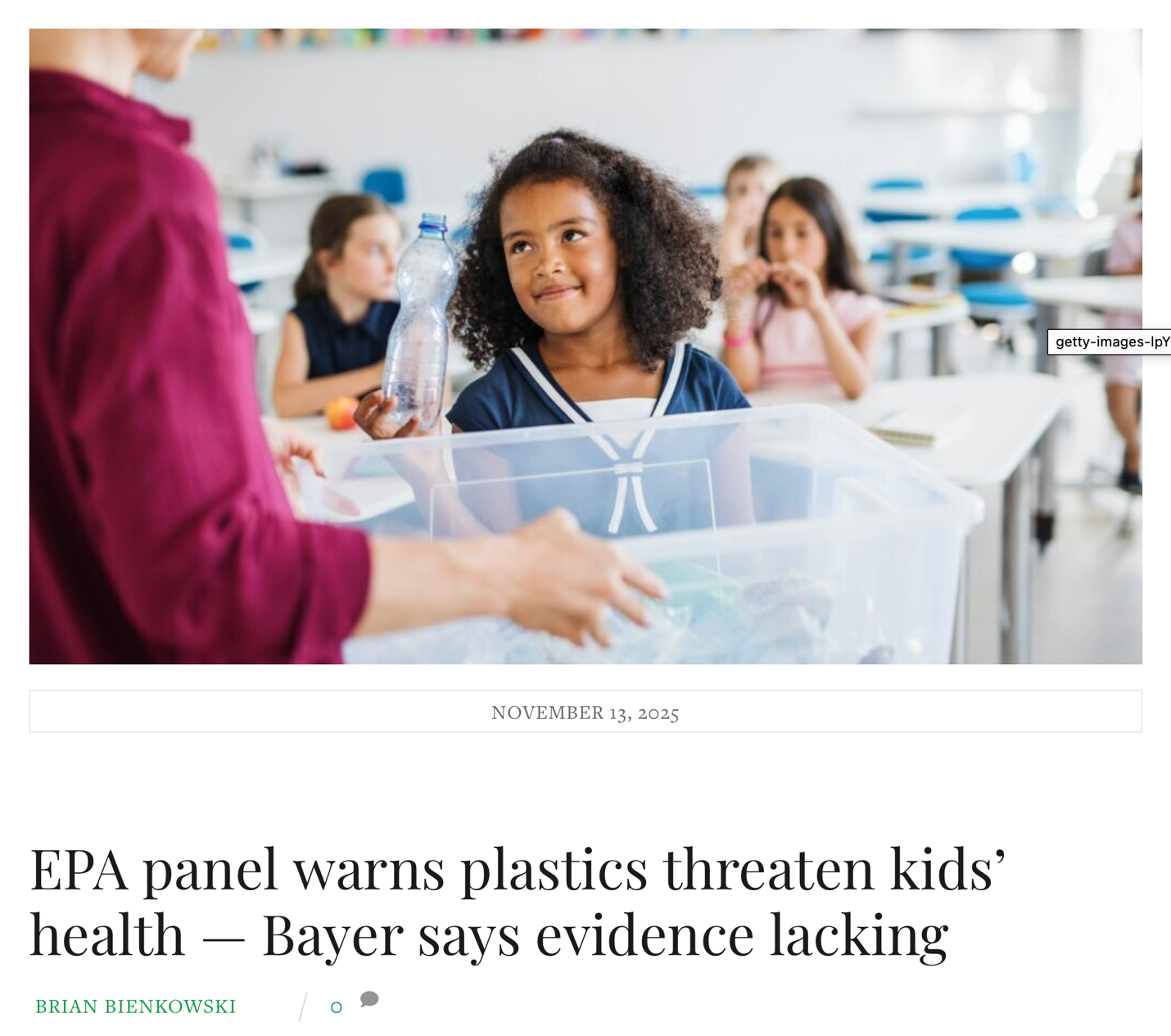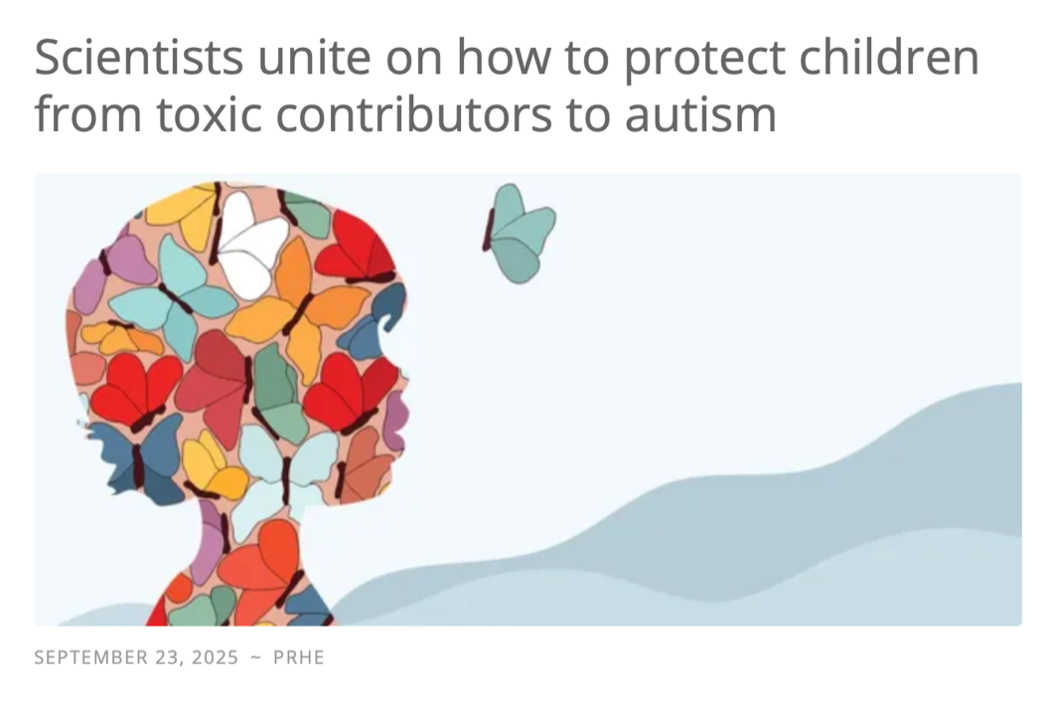10. Dandelions are pretty and edible.
9. Dandelions are good food for bees, which are struggling.
8. Pesticides are harmful to wildlife, particularly amphibians.
7. Lawn chemicals are expensive and consume fossil fuels.
6. Pesticides have been shown to cross the placenta and contaminate breast milk (Anderson et al 2000; Landrigan et al 2002).
5. Ma et al (2002) showed a link between maternal exposures to pesticides and childhood leukemia.
4.Pesticides are causing IQ losses, learning disabilities, and autism:
- Recent studies have shown that we are systematically lowering our children’s IQs by exposing them to pesticides, particularly organophosphate pesticides like chlorpyrifos (Bouchard 2011; Engel 2011; Rauh 2011).
- Children exposed before birth to organophosphate pesticides at the highest level – the highest 20% -- tested 7.0 IQ points lower than children exposed at the lowest level – the lowest 20% (Bouchard 2011). Average on the IQ scale is 100; genius is 140, and disability begins at about 70.
- Children in the lowest 20% of exposure are not at zero, or even non-testable levels.
- An estimated one fourth of all American children lose IQ points to pesticide exposures – an estimated 16 million IQ points total (Bouchard 2011).
- Pesticides have been repeatedly linked to autism and ADHD.
- Right now, 1 in 68 children are diagnosed with autism, compared to 1 in 166 just a few years ago.
- Pesticides are linked to other neurobehavioral disorders.
3.The President's Cancer Panel and The American Academy of Pediatrics has identified landscape chemicals as significant contributors to childhood illness and death:
Three overarching principles can be identified: (1) pesticide exposures are common and cause both acute and chronic effects; (2) pediatricians need to be knowledgeable in pesticide identification, counseling, and management; and (3) governmental actions to improve pesticide safety are needed.... Chronic toxicity end points identified in epidemiologic studies include adverse birth outcomes including preterm birth, low birth weight, and congenital anomalies, pediatric cancers, neurobehavioral and cognitive deficits, and asthma. These are reviewed in the accompanying technical report. The evidence base is most robust for associations to pediatric cancer and adverse neurodevelopment. Multiple case-control studies and evidence reviews support a role for insecticides in risk of brain tumors and acute lymphocytic leukemia. Prospective contemporary birth cohort studies in the United States link early-life exposure to organophosphate insecticides with reductions in IQ and abnormal behaviors associated with attention-deficit/hyperactivity disorder and autism. (Roberts and Carr 2012).
2. Many childhood health harms tied to pesticide exposure are on the rise (PANNA 2013)
1. Every infant now born is pre-polluted with an average of 200 toxic chemicals each, including pesticides.
References
Anderson HA, Wolff MS. Environmental contaminants in human milk. 2000. J Expo Anal Environ Epidemiol 10 Suppl 6:755-760.
Bouchard MF, Chevrier J, Harley KG, Kogut K, Vedar M, Calderon N, Trujillo C, Johnson C, Bradman A, Barr DB, Eskenazi B. 2011 Aug. Prenatal exposure to organophosphate pesticides and IQ in 7-year-old children. Environ Health Perspect 119(8): 1189-1195.
Engel SM, Wetmur J, Chen J, Zhu C, Barr DB, Canfield RL, et al. 2011. Prenatal exposure to organophosphates, paraoxonase 1 and cognitive development in childhood. Environ Health Perspect 119:1182-1188.
Landrigan PJ, Sonawane B, Mattison D, McCally M, Garg A. 2002. Chemical Contaminants in Breast Milk and Their Impacts on Children's Health: An Overview. Environ Health Perspect110(6):A313-A315.
Ma X, Buffler PA, Gunier RB, Dahl G, Smith MT, Reinier K, Reynolds P. 2002. Critical windows of exposure to household pesticides and risk of childhood leukemia. Environ Health Perspec110(9):955-960.
Pesticide Action Network North America (PANNA). 2013. A generation in jeopardy. PANNA. Retrieved from http://www.panna.org/resources/publication-report/report-generation-jeopardy
Rauh V, Arundjadai S, Horton M, Perera F, Hoepner L, Barr DB, et al. 2011. Seven-year neurodevelopmental scores and prenatal exposure to chlorpyrifos, a common agricultural pesticide. Environ Health Perspect 119:1196-1201.
Roberts JR, Carr CJ. 2012. Policy statement: Pesticide exposure in children. American Academy of Pediatrics 130(6):e1757-1763.


















